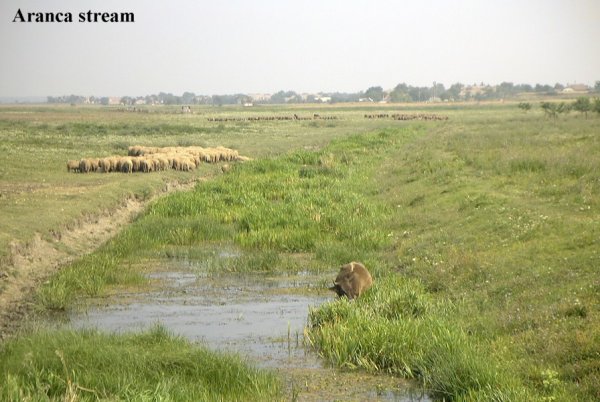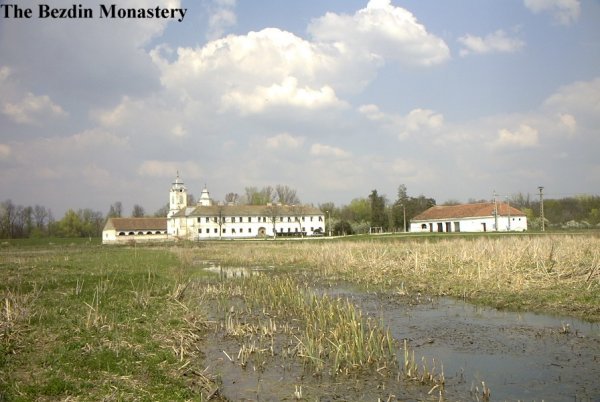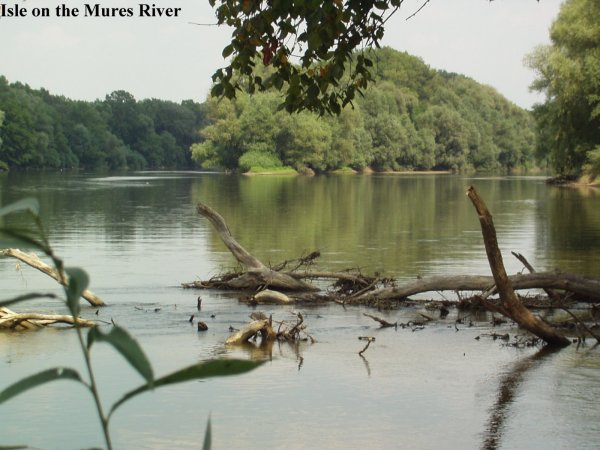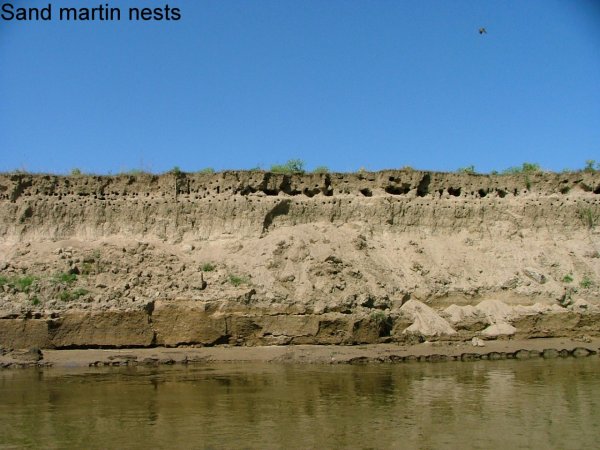Romania names two new Ramsar sites for World Wetlands Day

World Wetlands Day 2006
in Romania
The government of Romania is celebrating World Wetlands Day 2006 by marking the designation as Wetlands of International Importance of two new sites. Dumbravita Fishpond Complex (Complexul Piscicol Dumbravita) (414 hectares, 45°46'N 025°29'E) in Transylvania is a complex of reservoir and fishponds surrounded by crops, meadows, dense emergent vegetation with reedbeds, marsh areas and wet grasslands. These habitats support a very rich flora and make an important breeding site for over 30 waterbird species and staging area for more than 100 bird species; besides the most abundant species, there are some that are rare for Romania, such as: Platalea leucorodia, Plegadis falcinellus, Cygnus cygnus, Branta ruficollis. The most important economic value is fish production, which uses the entire pond system with its changing hydrological regime and high productivity mudflats for aquaculture. Other human uses include recreation, agriculture, hay harvesting, and grazing, the latter of which contribute to the annual regeneration of grasslands and marshes and avoid overgrowing. Threats are caused by peat exploitation and especially by illegal uncontrolled reed burning, which fragments habitats and affects breeding birds, as does premature hay harvesting in the marshes and the wet meadows. Angling, poaching and walking inside the reedbeds during breeding season affect the site as well, and intensive fish nourishment at the fish ponds might accelerate eutrophication. The EU pre-accession government has selected this site as an EU Special Protection Area (SPA). Ramsar site no. 1605. See satellite photo below.
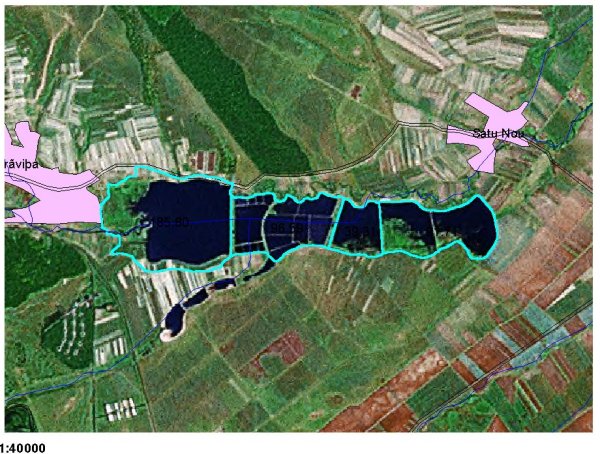
The Mures Floodplain Ramsar site (17,166 hectares, 46°13'N 021°09'E) is a Natural Park and Important Bird Area that includes the length of the River Mures downstream from Arad to the Hungarian border. It consists of a high variety of ecosystems, a mixture of meadows, periodically flooded areas mainly covered with soft and hard wood forests, arable land and pastures, and about 40 isles on the river. The forest and old riverbed ecosystems, permanently or temporarily linked with the Mures, are among few examples of this type of habitat remaining in Europe. The present landscape results from the damming of the valley and the consequent agricultural transformation; as the lower floodplain is bordered by dams and high terraces, it is subjected to all the benefits and damage caused by floods, such as drying out of habitats in years of low flow and water-logging in high floods. Disturbance is caused by overgrazing as well as poaching of fish and game resources and introduced exotic tree species, especially Acer negundo. The main human activities are oil and timber harvesting, together with agriculture as well as sheep and cattle grazing. Amongst the many archaeological sites is the fortified settlement "Santul Mare"dating from the Bronze Age. The Hodos-Bodrog and Bezdin monasteries are also culturally important and the objective for ecumenical tourism. Ramsar site no. 1606.
